Nkuringo Sector: Gateway to Uganda’s Pristine Wilderness
The Allure of Nkuringo
Nestled in the southwestern reaches of Uganda, Nkuringo Sector is a realm where nature’s grandeur unfolds in its most raw and compelling form. Renowned for its lush landscapes, rich biodiversity, and cultural depth, Nkuringo captivates the imagination of every traveler who ventures into its bounds. Unlike other regions in Uganda that have become saturated with tourism, Nkuringo retains a sense of untouched wilderness, making it an unparalleled destination for those seeking an intimate encounter with Africa’s wild heart. This sector, part of the greater Bwindi Impenetrable National Park, is not only a sanctuary for wildlife but also a crucible of cultural heritage and community-driven conservation initiatives, offering visitors a multi-dimensional experience where ecological preservation and human tradition intertwine seamlessly.
From the moment one sets foot in Nkuringo, the terrain and environment engage the senses. Towering trees cloak the mist-laden slopes, and the chorus of endemic birds creates a symphony that underscores the profound isolation and serenity of the region. The air itself seems infused with history, carrying whispers of the Batwa people, whose ancestral ties to the forest remain strong despite the pressures of modernization. For conservationists, ecologists, and travelers alike, Nkuringo stands as a living testament to the resilience of nature and the enduring significance of community stewardship.
Location and Geographical Context
Nkuringo Sector is situated in Kanungu District, in the southwestern corner of Uganda. It occupies the southern boundary of Bwindi Impenetrable National Park, one of the most biologically diverse regions in the world and a UNESCO World Heritage Site. Its positioning along the rugged Virunga volcanic chain endows the sector with dramatic terrain, characterized by steep hills, deep valleys, and an intricate network of rivers and streams. The altitudinal variations within Nkuringo create microclimates that support an extraordinary range of flora and fauna, many of which are found nowhere else on the planet.
The landscape is dominated by dense montane forests, interspersed with small agricultural plots that reflect the delicate balance between human habitation and ecological preservation. From a broader perspective, Nkuringo serves as a vital ecological corridor connecting the forests of Bwindi to those of neighboring Democratic Republic of Congo and Rwanda, thus playing a critical role in regional biodiversity conservation. The geographical isolation of Nkuringo has historically limited large-scale human settlement, thereby preserving its pristine environment and maintaining its status as one of Uganda’s most unspoiled natural treasures.
Historical and Cultural Significance
The history of Nkuringo Sector is intertwined with both the forest it borders and the communities that inhabit it. The Batwa pygmies, the original inhabitants of Bwindi, have left an indelible imprint on the sector’s cultural landscape. For centuries, the Batwa lived as hunter-gatherers within the dense forest, relying on its resources for survival. Their traditional knowledge of medicinal plants, forest navigation, and wildlife behavior has been passed down through generations and continues to influence conservation practices today.
Over time, however, the establishment of Bwindi Impenetrable National Park and subsequent conservation policies led to the relocation of the Batwa from their ancestral lands. Despite this displacement, the Batwa community in Nkuringo has managed to maintain its cultural identity, adapting their practices to modern life while continuing to participate actively in eco-tourism initiatives. Today, visitors are offered rare glimpses into the traditions, music, dance, and storytelling of the Batwa, providing an immersive cultural experience that complements the natural wonders of the sector.
The cultural heritage of Nkuringo is further reflected in the agricultural practices of the Bakiga and Bafumbira communities, who inhabit the surrounding hills. Terraced farms, tea plantations, and smallholder gardens demonstrate centuries-old techniques adapted to the steep terrain, showcasing a harmonious coexistence between humans and the environment. Festivals, rituals, and communal activities remain deeply rooted in the rhythms of nature, emphasizing respect for the forest and its creatures.
Biodiversity and Ecological Importance
Nkuringo Sector is internationally celebrated for its extraordinary biodiversity. As a gateway to Bwindi Impenetrable National Park, the sector is a critical habitat for the endangered mountain gorilla, one of the world’s most iconic and threatened species. The forest here provides food, shelter, and breeding grounds for approximately half of the global mountain gorilla population, making Nkuringo a focal point for primatological research and conservation efforts.
Beyond gorillas, the sector hosts a remarkable array of wildlife, including chimpanzees, golden monkeys, forest elephants, and a myriad of bird species. The forest’s dense canopy shelters rare plants and medicinal herbs, many of which remain undocumented or under-researched. Seasonal flowering and fruiting patterns attract diverse insect and bird populations, creating a dynamic ecological web that sustains the forest’s health and resilience.
Conservation in Nkuringo is not only about protecting charismatic wildlife but also involves safeguarding the entire ecosystem. Initiatives such as community-based forest management, anti-poaching patrols, and sustainable agriculture have been implemented to mitigate the pressures of human encroachment. Nkuringo’s ecological significance extends beyond its borders, as the sector contributes to regional water catchment, carbon sequestration, and soil preservation, thereby supporting broader environmental stability in southwestern Uganda.
Gorilla Trekking: A Transformative Experience
Perhaps the most compelling reason for visiting Nkuringo Sector is the opportunity to participate in gorilla trekking, an experience that is as spiritually moving as it is visually spectacular. Trekkers navigate the challenging terrain under the guidance of experienced rangers, often moving for hours through dense undergrowth before encountering a family of gorillas. The first sight of a silverback or a playful infant gorilla evokes a profound sense of awe and humility, reminding visitors of the fragility and majesty of life in the wild.
The trekking experience in Nkuringo is carefully regulated to ensure minimal disturbance to the gorillas. Each group is limited to a small number of visitors per day, and interactions are closely monitored by conservation staff. This controlled approach not only enhances the quality of the encounter but also reinforces the importance of responsible tourism in safeguarding endangered species. The emotional impact of gorilla trekking often leaves visitors with a renewed appreciation for conservation, and many choose to support local initiatives financially or through volunteer programs.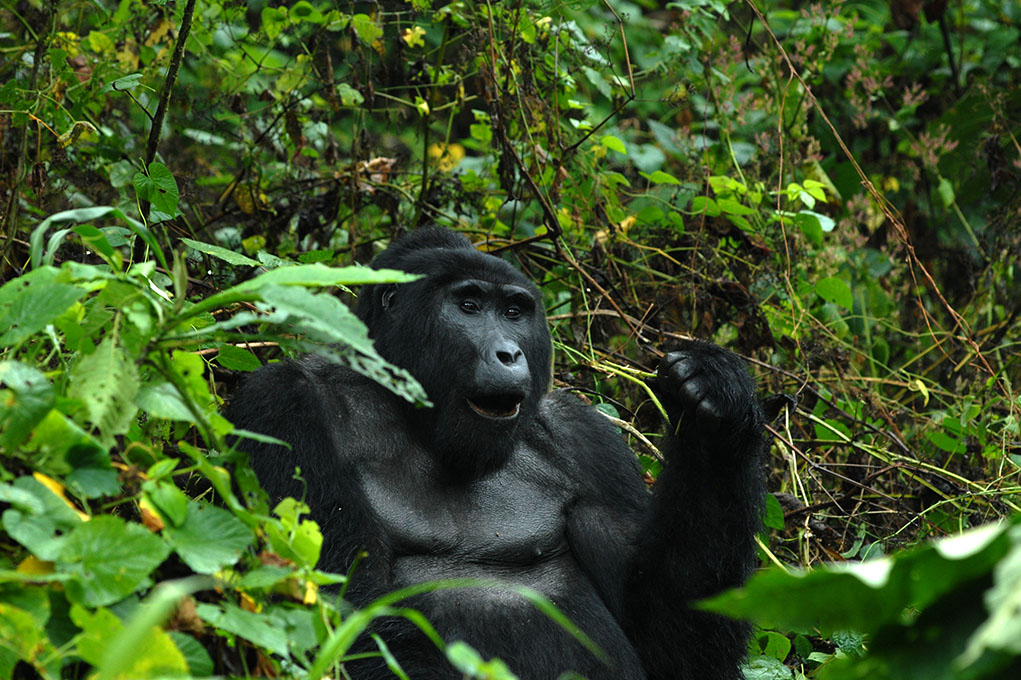
Community Engagement and Sustainable Tourism
Nkuringo Sector stands as a model for community-driven conservation, where local populations are integrally involved in the management and benefits of tourism. The Nkuringo Gorilla Community Camp, for instance, is a flagship initiative that empowers residents through employment, training, and revenue-sharing schemes. Income generated from tourism is reinvested into local infrastructure, healthcare, and education, fostering tangible improvements in community well-being.
Moreover, community tourism initiatives provide visitors with enriching cultural encounters. Guests are welcomed into traditional homesteads, participate in banana brewing demonstrations, learn basket weaving techniques, and experience local culinary traditions. These engagements not only support livelihoods but also facilitate meaningful cross-cultural exchange, ensuring that tourism in Nkuringo remains ethically grounded and socially responsible.
Educational programs within the sector further highlight the interconnectedness of ecology and community. Schools and youth groups are actively involved in environmental awareness campaigns, forest patrols, and wildlife monitoring. By embedding conservation values within the community, Nkuringo has cultivated a generation of guardians committed to preserving the forest for future generations.
Hiking and Nature Walks
Beyond gorilla trekking, Nkuringo offers an extensive network of hiking and nature trails that traverse the sector’s dramatic landscapes. Trails wind through mist-covered valleys, alongside rushing rivers, and up steep ridges, providing panoramic views of Bwindi’s undulating hills. Guided walks often reveal hidden waterfalls, rare orchids, and endemic bird species, turning every step into an educational journey.
The physical challenges of hiking in Nkuringo are counterbalanced by the profound sense of immersion in nature. Walking silently through the forest, one can observe the delicate balance of life, from the smallest insects to the towering mahogany trees. Interpretive guides enrich the experience by explaining ecological relationships, conservation strategies, and the cultural significance of various plants and landscapes. These excursions underscore Nkuringo’s potential not merely as a tourist destination but as a living classroom for ecology, conservation, and anthropology.
Climate and Best Time to Visit
Nkuringo Sector experiences a tropical montane climate, characterized by two main rainy seasons and relatively stable temperatures throughout the year. The rainy seasons, occurring from March to May and September to November, bring lush greenery but also challenging trekking conditions, as trails become slippery and rivers swell. Conversely, the dry seasons from June to August and December to February provide optimal trekking conditions, with firmer trails and better visibility within the forest.
Temperature variations within Nkuringo are largely dictated by altitude, with higher elevations experiencing cooler temperatures, particularly at night. Visitors are advised to prepare for sudden weather changes, as mist and rain can occur unexpectedly, even during the dry season. Regardless of the timing, each visit offers unique opportunities to witness seasonal wildlife behavior, flowering patterns, and the dynamic interplay between climate and ecosystem health.
Accommodation and Hospitality
Accommodation in Nkuringo Sector reflects the region’s commitment to eco-friendly tourism. Lodges and community camps are designed to blend seamlessly with the natural environment, using sustainable materials, solar energy, and waste reduction practices. Nkuringo Gorilla Community Camp, in particular, exemplifies this philosophy, offering comfortable lodgings while providing direct benefits to the local community.
Hospitality in the sector emphasizes personalized service and immersive experiences. Guests are often greeted with traditional ceremonies or locally sourced refreshments, reinforcing a sense of connection to both the environment and the people who inhabit it. Dining experiences frequently incorporate organic produce from nearby farms, allowing visitors to savor the flavors of the region while supporting sustainable agriculture. This careful integration of comfort, culture, and conservation ensures that accommodation in Nkuringo is not merely functional but transformative.
Challenges and Conservation Efforts
Despite its ecological and cultural wealth, Nkuringo Sector faces significant challenges. Human-wildlife conflict, deforestation, and the pressures of population growth threaten to destabilize the delicate balance between conservation and community needs. Poaching, though reduced through stringent patrols, remains a concern, particularly for species like bush pigs and duikers. Climate change also poses long-term risks, altering rainfall patterns and potentially impacting forest health and gorilla habitats.
In response, a range of conservation strategies has been implemented. Collaborative efforts between the Uganda Wildlife Authority, non-governmental organizations, and local communities have led to strengthened anti-poaching measures, habitat restoration projects, and environmental education programs. Research initiatives within Nkuringo provide critical data on wildlife populations, forest health, and ecosystem dynamics, informing adaptive management practices. Importantly, the active involvement of local residents in these initiatives has fostered a sense of ownership, ensuring that conservation is both inclusive and effective.
Nkuringo as a Destination of Distinction
Nkuringo Sector is more than a gateway to Bwindi Impenetrable National Park; it is a destination where nature, culture, and community converge to create an unforgettable experience. Its dramatic landscapes, unparalleled biodiversity, and rich cultural heritage provide a multi-layered journey into the heart of Uganda’s wilderness. Visitors are not merely spectators but participants in an ongoing narrative of conservation, resilience, and sustainable development.
Every aspect of Nkuringo, from its towering gorillas to its intricate network of community-led initiatives, embodies a delicate balance between preserving the past, nurturing the present, and safeguarding the future. For travelers seeking authenticity, adventure, and meaningful engagement with both nature and culture, Nkuringo Sector offers a singular opportunity to witness the extraordinary while contributing positively to its preservation.
For those inspired to embark on this remarkable journey, booking tours and safaris through WildHorn Africa ensures not only an expertly guided experience but also a meaningful connection to local communities and conservation efforts. WildHorn Africa’s dedication to sustainable tourism guarantees that every visit to Nkuringo supports the preservation of its unique landscapes and wildlife, making each journey both unforgettable and impactful.

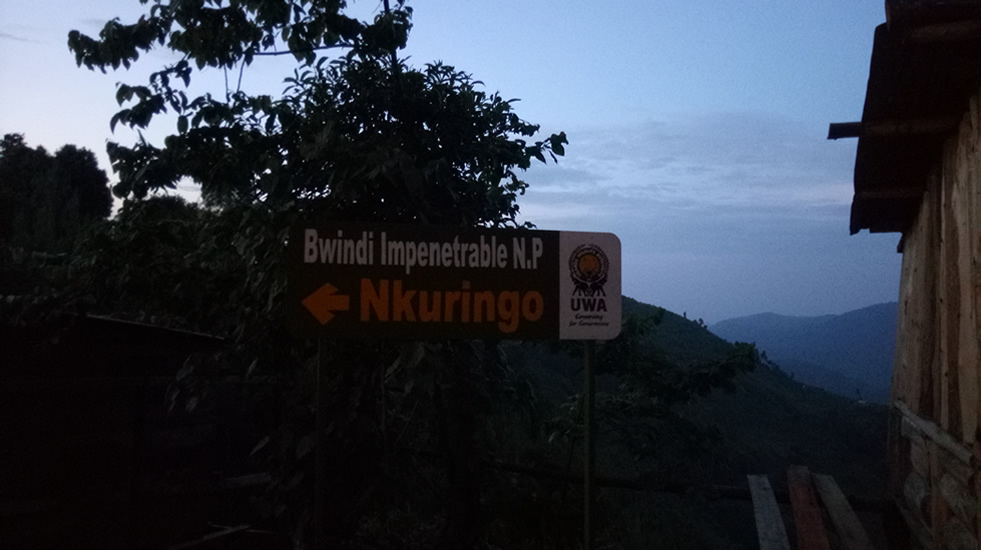
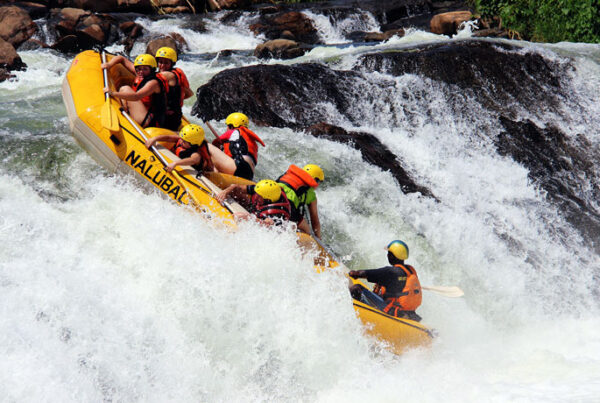
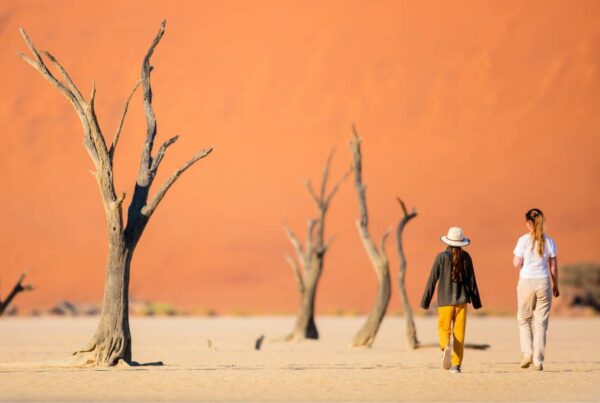
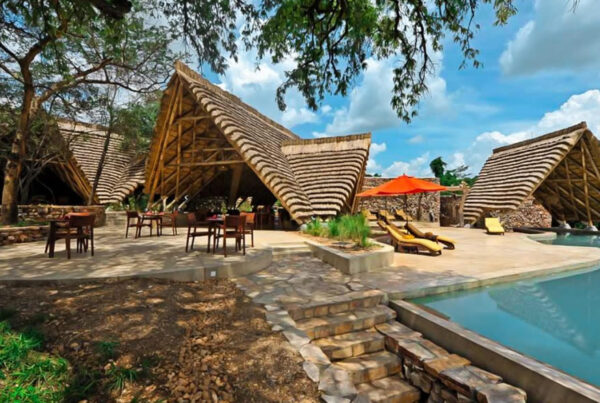
 WildHorn Africa – Authentic and unforgettable tours across Africa, guided by local experts who know the land, wildlife, and culture best.
WildHorn Africa – Authentic and unforgettable tours across Africa, guided by local experts who know the land, wildlife, and culture best.


